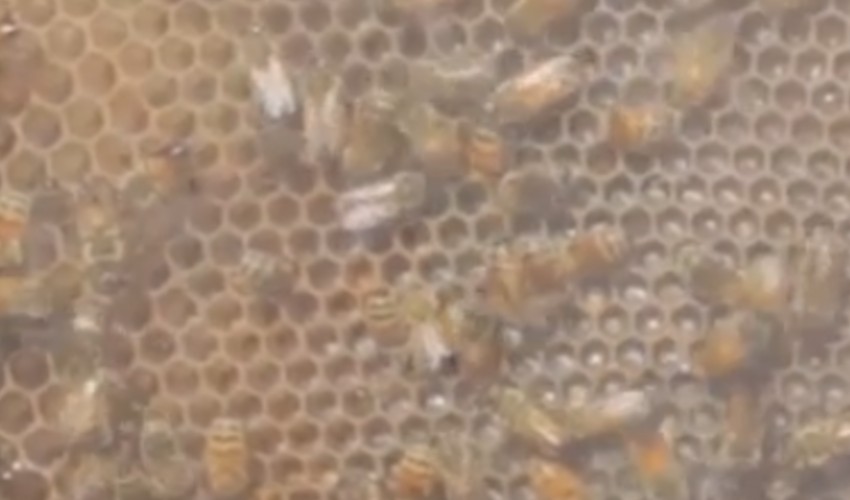
There are over ten thousand bee species, most of which live in hives or colonies. A small hive will have up to twenty thousand bees and the larger ones can average up to one hundred thousand bees. Hives are made up of one queen; several hundred drones and the rest are working bees. The queen has all the babies and the drones are the males. The worker bees are all female. Bees are very important in nature because they are the pollinators of flowers, fruits and vegetables, this process is called symbiosis. Bees are found in every continent except Antarctica and wherever there are insect pollinated flowering plants. They are a protected species since they are vital to the reproduction of agriculture.
It is important to understand how bees function. Swarms will travel miles in order to collect pollen and nectar from flowering plants. It is possible that when you see a swarm they are just passing through as they only travel during the day as they use the sun to navigate. They communicate with each other by dancing in certain formations especially about food sources. The bee’s hives are made of wax material where the queen lays her fifteen hundred eggs. The worker bees collect pollen and nectar from the flowers to feed the hatched larvae. Bees will take the nectar and turn it into honey. The workers must collect nectar from over four thousand flowers to make one small amount of honey.
Carpenter Bees
Carpenter bees are different from the honeybees; they are isolated and usually hibernate in abandoned tunnels during the winter and come out in the spring for breeding. The female will bore holes into wood then turn upwards and are four to six inches deep. Males will be aggressive towards humans but they have no stingers only the females do.
Bumble Bees
These are the larger clumsier of the bee family and are a fuzzy looking black with yellow colorings. These bees do live in colonies and nests and come from unfertilized eggs usually late in the summer. Their colonies are much smaller with only fifty to four hundred bees in each one.
Africanized (Killer) Bees
These bees are yellow with dark bands of brown and they are about half an inch and larger than the honeybee. These bees are the most dangerous and will defend their colonies. Their colonies are smaller and can be found in odd places such as old tires, boxes and crates. It isn’t that their sting is worse than the honeybee, they are just more aggressive.
Controlling and Removing Bee Hives
The honeybees become a problem when they build their colonies around residential areas. It is also possible that they will build combs of way within wall spaces or underneath porches. It is difficult to remove a colony once it is established in a wall structure because it will most likely take some structural work to remove them effectively. Once an established colony is removed all wax, honey, and pollen needs to be removed to keep from a colony returning as well as any other critters that would take up residence. Carpenter bees need to be removed from each gallery or wood hole and bumble bees will need to be followed to their colony which is likely in the ground, or some old structure.
Prevention of Beehives In Your Home
The best prevention for bees making your home their beehive is to keep up with the maintenance of your home. By keeping your house painted, and replacing old boards that are rotting you will be protecting your house. Many people will actually paint their fence or lawn decorations with a paint mixture that includes orange oil at a 2:1 ratio. It’s important to remember not to try and remove a hive on your own as bee stings can cause a reaction when there are multiple stings and if you’re allergic it could be even worse.
Go back to the repellent-pests.com home page.
Copyright 2021 - repellent-pests.com
Repellent Pests